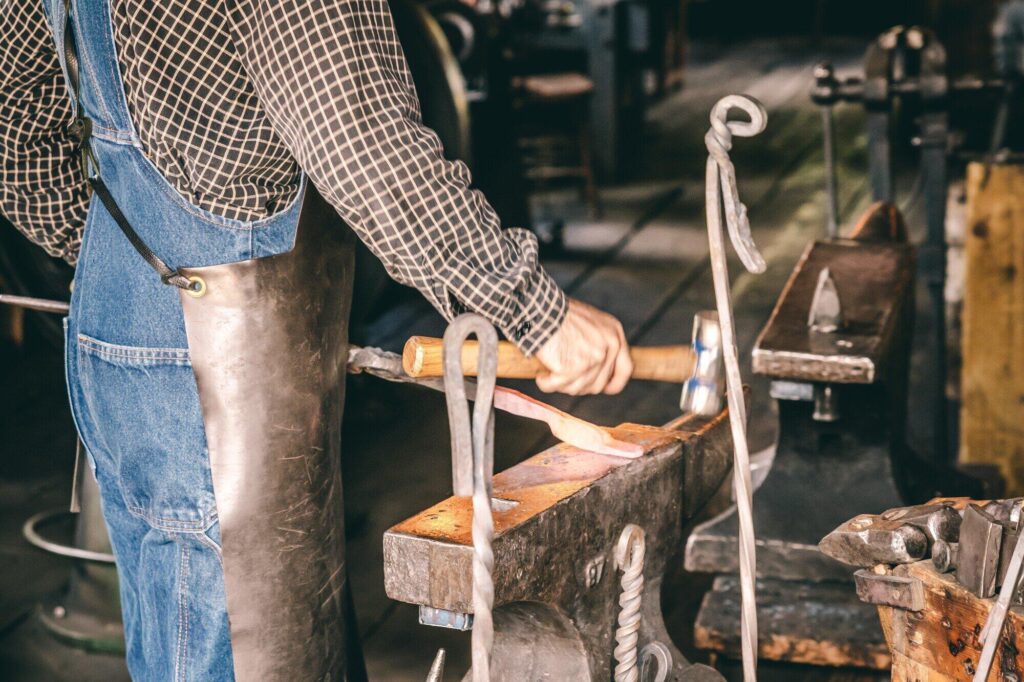When it comes to working with pipes, two important methods come into play: pipe bending and chamfering. These techniques are essential for ensuring that the pipes fit perfectly in various projects, from construction to plumbing.
Whether you’re a professional or just starting out in this field, understanding these methods can help you achieve quality work.
Understanding Pipe Bending
Pipe bending is the process of shaping pipes to fit the needs of a project. It involves using tools and machinery to create curves or angles in pipes without compromising their structure. Most commonly, this method is used in plumbing, construction, and HVAC systems.
When pipes are bent correctly, they can maintain proper flow and strength. Improper bending may lead to weak spots, which can cause future leaks. Therefore, it’s crucial to use the right techniques and tools when engaging in pipe bending.
The Importance of Accurate Measurements
Before starting any bending process, you must take accurate measurements. These measurements will determine the degree of the bend and the length of the pipe. Using a simple measuring tape, mark the points where the bends will occur. Failure to measure accurately can result in poorly bent pipes that cannot be used.
Additionally, the type of pipe material can also impact the bending process. Different materials, like PVC, metal, and copper, have their unique bending capabilities. For instance, softer materials can be bent more easily, while harder materials may require more precise techniques.
Tools for Pipe Bending
Several tools aid in the pipe bending process, making it easier and more efficient. Some common tools include pipe benders, which automatically shape the pipe based on the measurements you provide. Manual benders, on the other hand, often require more skill and strength.
Another crucial aspect is the technique used during bending. For example, a method called “freehand bending” allows for more flexibility but also requires more expertise, while using a machine provides more consistency and precision.
What is Chamfering?
Chamfering refers to the process of removing the sharp edges from the ends of pipes. This technique is essential for ensuring safety and compatibility when joining pipes together. Sharp edges can be hazardous, leading to injuries during handling and installation.
By chamfering the edges, you enhance the fit between pipes, reducing the chances of leaks. Proper chamfering creates a smooth surface that enables better connections between two pipe ends. This is especially important in systems where pressure is a factor.
Choosing the Right Methods for Chamfering
Similar to pipe bending, choosing the right chamfering method is crucial for achieving quality results. The most common chamfering methods include hand tools, machines, and specialized cutters. Each method has its pros and cons, depending on the work environment and the type of pipes being used.
Hand tools may be more suitable for smaller projects or when working on-site. Machines provide higher efficiency for larger tasks, especially when consistent results are needed. This is where pipe beveling and chamfering machines come into play, offering a reliable solution for industrial applications.
Learning About Pipe Bending and Chamfering
In the world of pipe work, both bending and chamfering methods are vital for ensuring that each piece fits perfectly and functions effectively. By mastering these techniques, you contribute to the overall quality of your projects. Remember to prioritize accurate measurements, choose the right tools, and apply the appropriate techniques to achieve the best results.
If you enjoyed this article and would like to read more like it, please check out the rest of our blog today.







